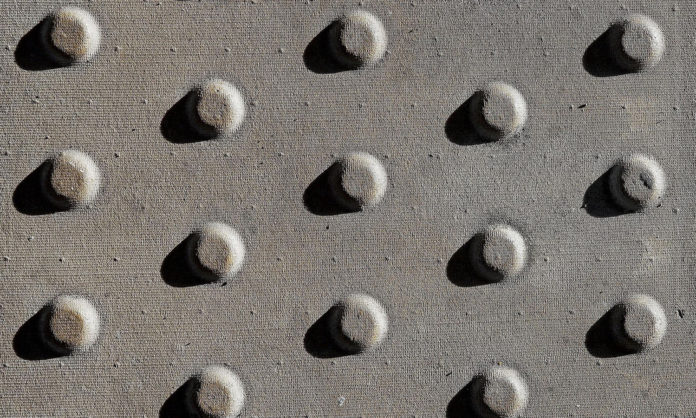
A post on Messy Nessy’s Cabinet of Chic Curiosities shares the history of fashionable beauty marks, both natural and artificial. Once considered the mark of the devil, by the 17th century, beauty spots were very much in fashion for women and men. Not everyone was a fan – England’s Parliament condemned beauty marks as a vice and wrote laws against them.
Beauty marks served multiple purposes. They covered pox scars, drew attention to the wearer, and signaled their wearer’s status and intentions. The more intricate the design and expensive the material, the higher the social status. Placement on the face signaled flirtatiousness or pride, a coquette or a rogue. In England, placement on the right cheek symbolized Tory sympathies, while Whigs wore theirs on the left.
Interesting tidbit, and a telling detail for writers working in the era. But how else could we use this? Could spies have shared information or arranged meetings using beauty marks? What other unconventional means can people use to signal their relationship availability, interests, personality, and social status?








